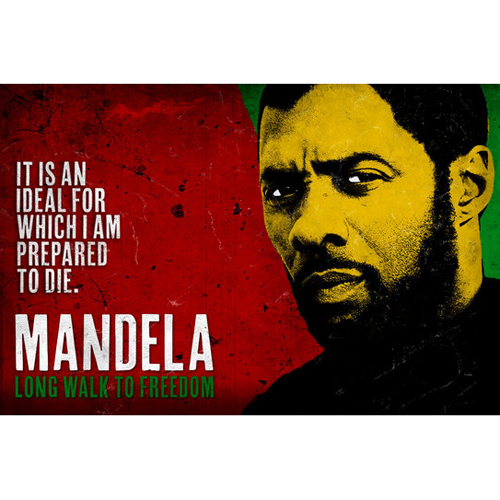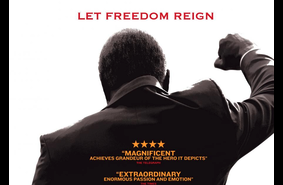About This Lesson
Democracy requires vigilant citizen participation, virtuous leadership, and a commitment to transparency. Like many American colonists, South Africans also longed and fought for democracy. To gain a better understanding of life without the daily freedoms we frequently take for granted, students will “experience” life under minority rule in a group exercise and examine primary source materials to compare and contrast liberty and oppression throughout history in South Africa and the United States. CCSS: RH.9-10.1, RH.9-10.2, RH.11-12.1, RH.11-12.2, SL.9-10.1, SL.9-10.4, SL.11-12.1, SL.11-12.4












